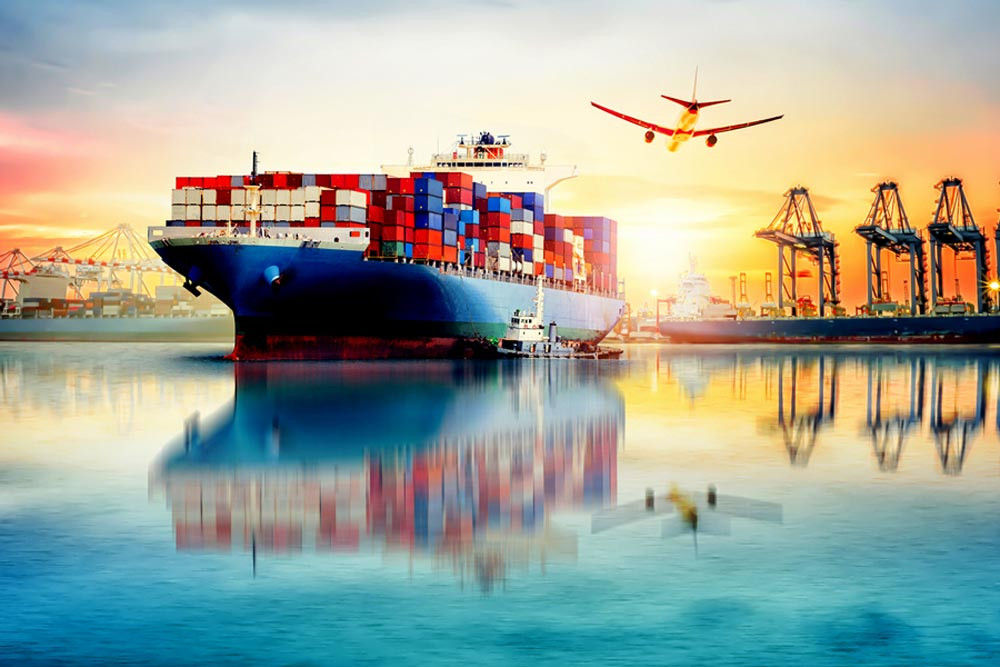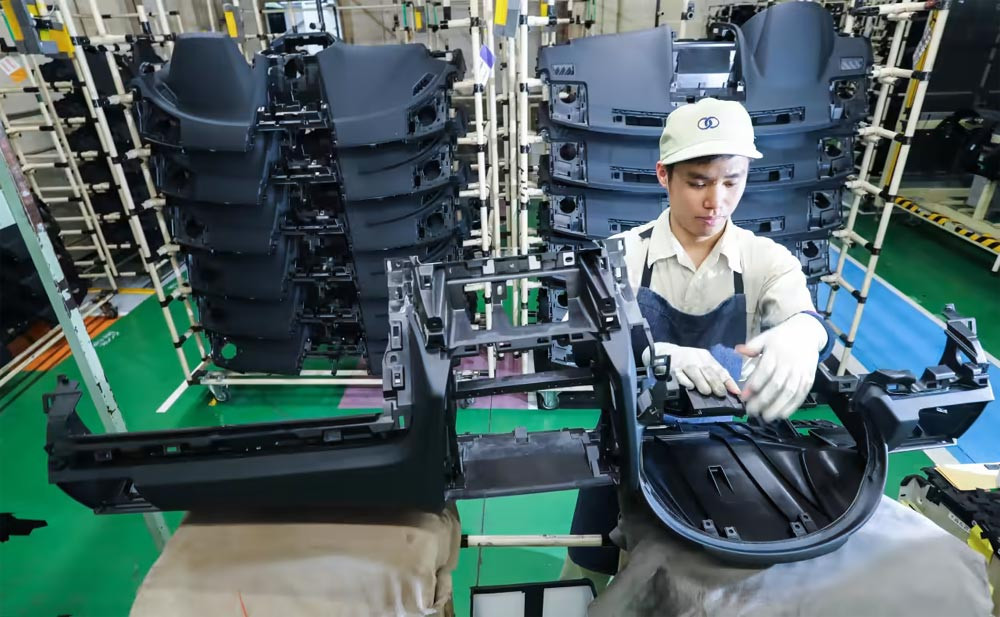Vietnam and the new trade triangle in the Pacific
LTS: VietNamNet would like to introduce the article “Vietnam and the new trade triangle in the Pacific” by Tran Van Tho, professor emeritus at Waseda University, Japan. This entry was posted on the East Asia Forum site.
Trade triangle with the focus on Vietnam
In 2020, the US and China account for 45% of Vietnam’s export turnover. Import shares of China and Korea have increased to 50%. The type of products traded as well as the trade imbalance between the counterparties are very noticeable. Reliance on the US as an export destination, which accounts for about 27% of Vietnam’s exports and nearly 40% of final consumer goods in 2020, makes Vietnam’s trade surplus with the US grow rapidly in the past year. Lately year.

Vietnam relies heavily on imports of intermediate goods such as semi-processed products and capital goods from China and South Korea, leading to a large trade deficit with these countries, in which the biased trend about China is high. In 2020, China accounted for 32% of semi-processed industrial goods, 27% of components and 38% of production materials imported into Vietnam. These ratios for Korea are 16%, 36% and 21%, respectively.
The above trade model resembles a new trade triangle in the Pacific, including China, South Korea and the United States, with Vietnam as the focal point.
The triangle of the 1980s characterized Asia’s industrializing economies such as South Korea and Taiwan (China), which imported intermediate goods and capital goods from Japan and exported consumer goods. eventually to America. This leads to a large trade deficit with Japan and a trade surplus with the US. These economies have solved the problem by replacing imports from Japan with upgrading their industrial structures.
The current Pacific trade triangle, which includes Vietnam, is riskier. On the one hand, the US can impose protectionist measures on trading partners that cause it to run a large deficit, especially those that import large amounts of inputs from China. On the other hand, being too dependent on imports from China could be destabilizing as mainland China’s domestic policy changes affect trade with neighboring countries.
China’s strict border control measures under its “No Covid” policy have severely limited Vietnam’s agricultural exports. The sudden decrease in input supply from China will also negatively affect Vietnam’s industrial production.
How to stabilize Vietnam’s trade structure
The current trade pattern also reflects Vietnam’s low degree of industrialization, characterized by labor-intensive production of goods and participation in the preparatory stages of global supply chains. Vietnam can upgrade its industrial structure by substituting imports from China and South Korea. In addition to gradually diversifying exports from the US, this industrialization strategy will dismantle the new trade triangle in the Pacific and stabilize Vietnam’s trade structure.
A new industrialization policy should focus on two aspects. The first is a new foreign direct investment (FDI) strategy. The government should introduce new FDI projects on a case-by-case basis, improve infrastructure and provide incentives to encourage import substitution for high-tech components and other intermediate industrial products. .
In August 2019, the Politburo issued a resolution calling for a new FDI policy. The resolution emphasizes the implementation of high-quality projects even if a broader FDI policy has not yet been implemented. Although Vietnam’s lack of a new FDI framework is partly due to the Covid-19 pandemic, more proactive policy and concrete initiatives are needed to achieve the country’s economic and trade goals.

Second, the supply of skilled labor should be expanded to upgrade Vietnam’s industrial structure. The improvement of specialized technical colleges and the expansion of science and technology departments in major universities should be the focus of this upgrade.
A more immediate response would be to connect Vietnamese technical interns in advanced countries, specifically Japan, with foreign and local companies that are investing in higher quality industrial products. in Vietnam. The number of skilled Vietnamese workers working as trainees in Japan reached 220,000 by the end of 2019. Besides, in Japan, the number of Vietnamese skilled workers passed exams in technical fields. Specialization and intermediate proficiency in Japanese also increased. At the end of 2020, such skilled workers number 15,663.
Investing in a younger generation of skilled workers will ultimately help Vietnam improve its industrial capacity. However, it is one of many adjustments to industrial and trade policies needed to help the country navigate the uncertainty of the new trade triangle in the Pacific.
Tuan Anh (translate)
at Blogtuan.info – Source: vietnamnet.vn – Read the original article here


